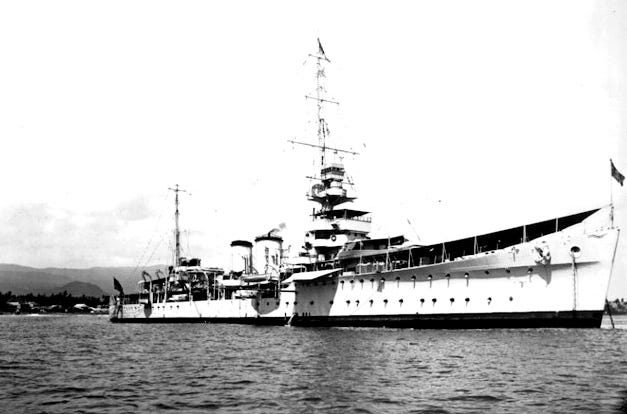Like Richardson, Allen summoned gunboats. Diomede was in England, and sloops Veronica and Laburnum were out cruising. Dunedin and her 462 men left Auckland on 8 January, carrying Auckland Star reporter H J Wilson. When the USS Mississippi visited Auckland in 1925, Wilson was catapulted off it in its Fokker seaplane. He had flown across the Cook Strait, coyly described by other newspapers as a ‘passenger’. He told his editor that he should be aboard Dunedin. He telephoned the prime minister’s secretary Frank Thompson.
‘It’s no good worrying the P.M.,’ Thompson said, ‘you know he is ill and is in bed at Heretaunga. However, you can ring him if you like.’
He did and Ward said no. Wilson responded that Labour’s Harry Holland had been claiming there was censorship in Sāmoa. By letting him go to Sāmoa, Ward would be proving there was no censorship. Ward agreed but the navy said they had no room aboard. At the last minute, one of Dunedin’s officers had to be left behind and half an hour before it was to be cast-off, Wilson was told he could board. Dunedin arrived at 4 pm on 12 January. Lashed to a gun turret was a Gypsy Moth floatplane, to be flown by Flight Lieutenant Sidney Wallingford, on loan from the newly formed New Zealand Permanent Air Force. This was its first operation. The Commodore Commanding the New Zealand Station, Geoffrey Blake, went ashore to be briefed by Allen.
Keep reading with a 7-day free trial
Subscribe to Michael Field's South Pacific Tides to keep reading this post and get 7 days of free access to the full post archives.




